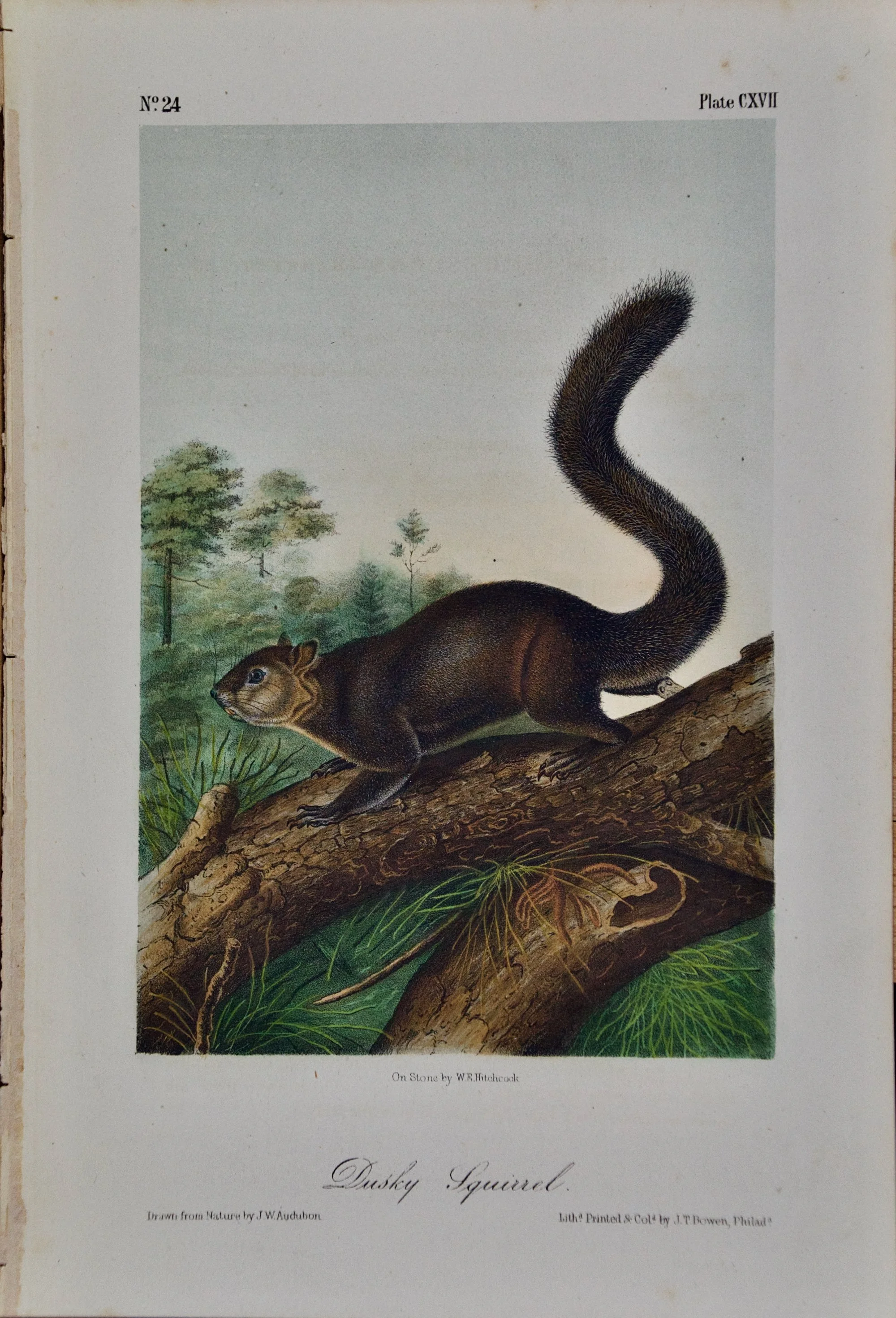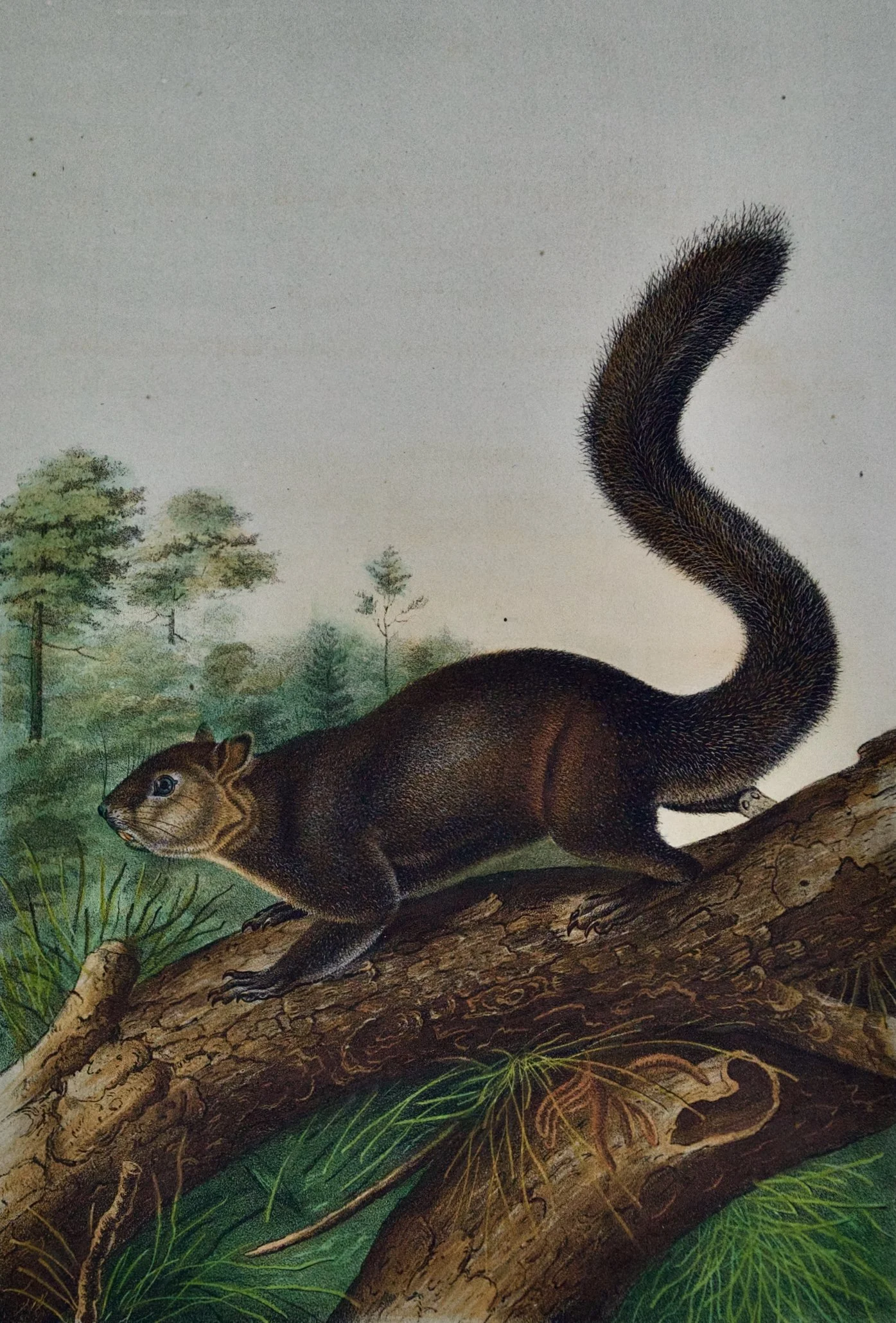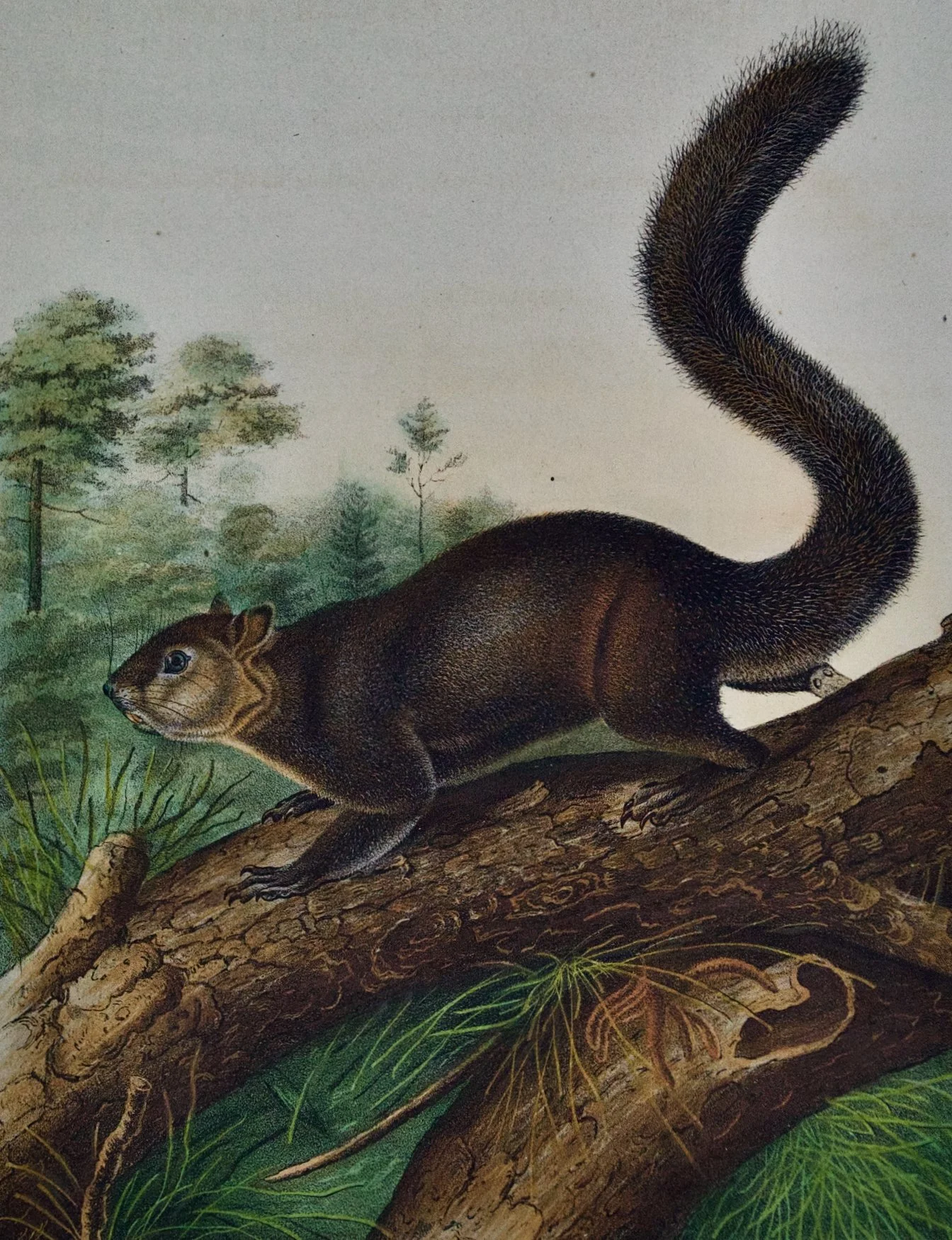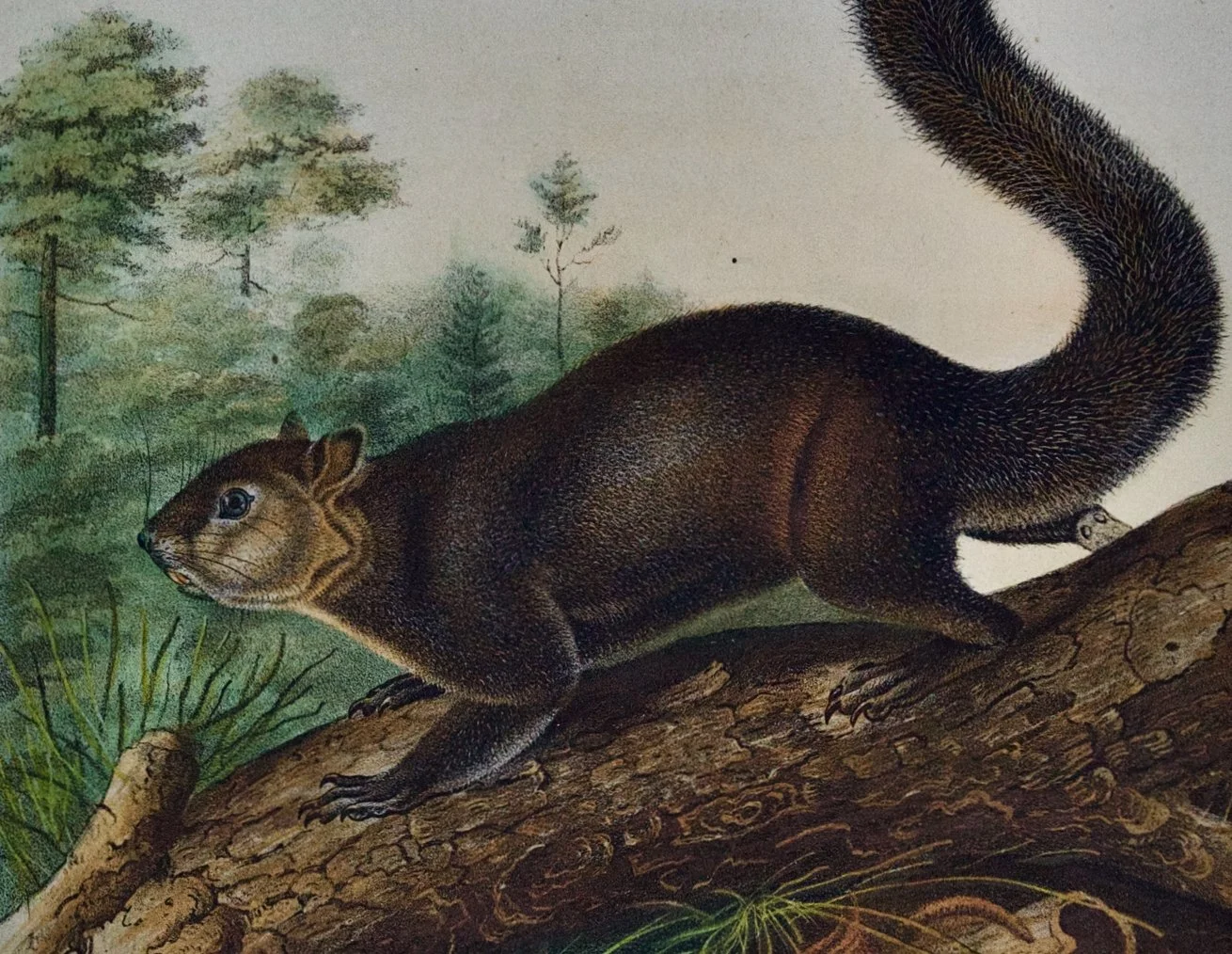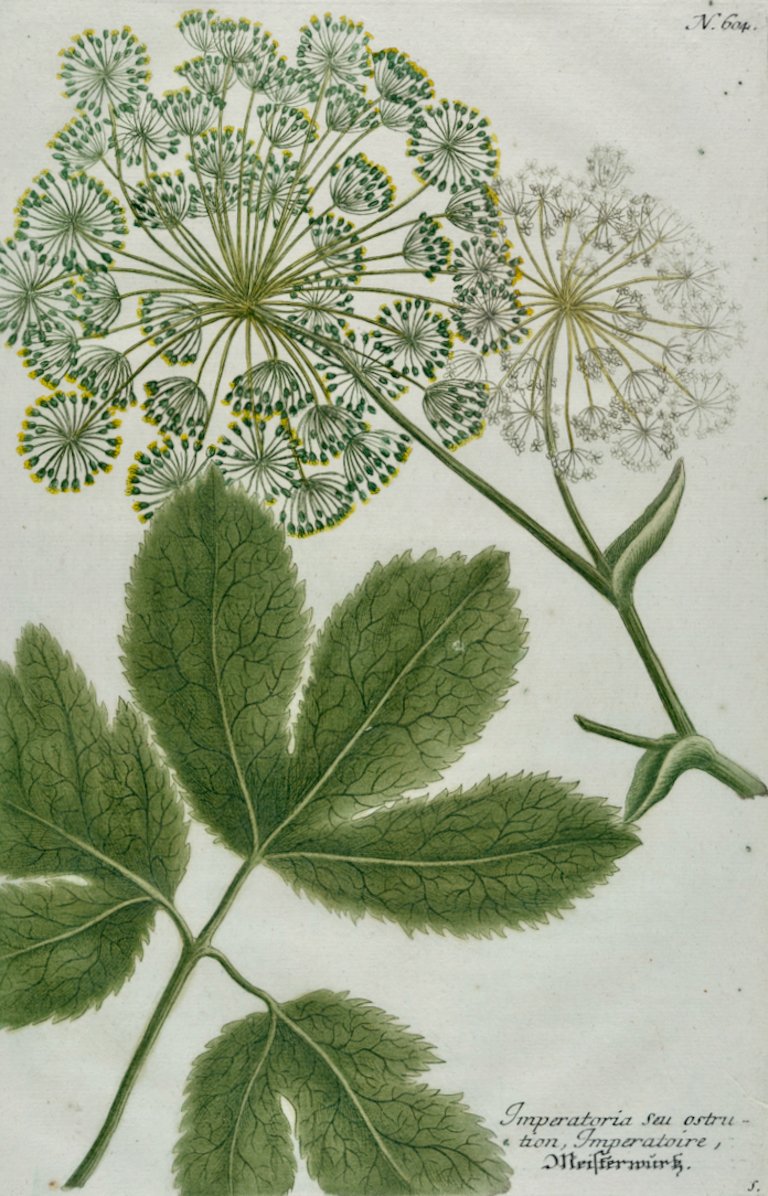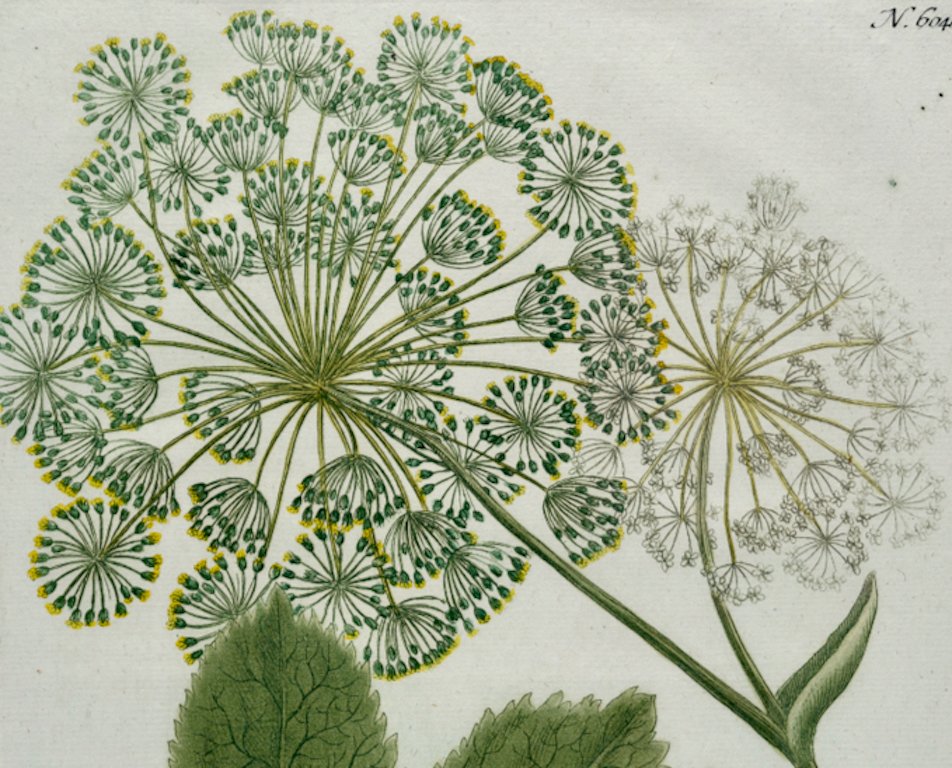The etching is presented in a brown wood frame with a triple mat; the outer mat is ecru-colored silk, the middle mat is black and the inner mat is white. The frame measures 24" high, 17.63 wide and 0.75" deep. The print is in excellent condition.
Piranesi was born in Venice in 1720 and died in Rome in 1778. He was the son of a stone mason and was trained as an architect. After a slow start he eventually achieved great success as an architect, archaeologist, artist, designer, collector, and antiquities dealer. His mission was to glorify the architecture of ancient Rome through his engravings and etchings. His highly dramatized prints often depict imaginary interiors and frequently include figures in mysterious activities, who are dwarfed by the magnitude of their monumental surroundings.
Piranesi's studies of the antiquities of Rome was one of the great archaeological, historical and artistic works of its era. His style greatly influenced the neoclassical art movement of the late 18th century. His dramatic scenes inspired generations of set designers, as well as artists, architects, writers and historians. In 1757 Piranesi was elected as an Honorary Fellow of the Society of Antiquaries. His prints have continued to increase in value to institutions and collectors.






